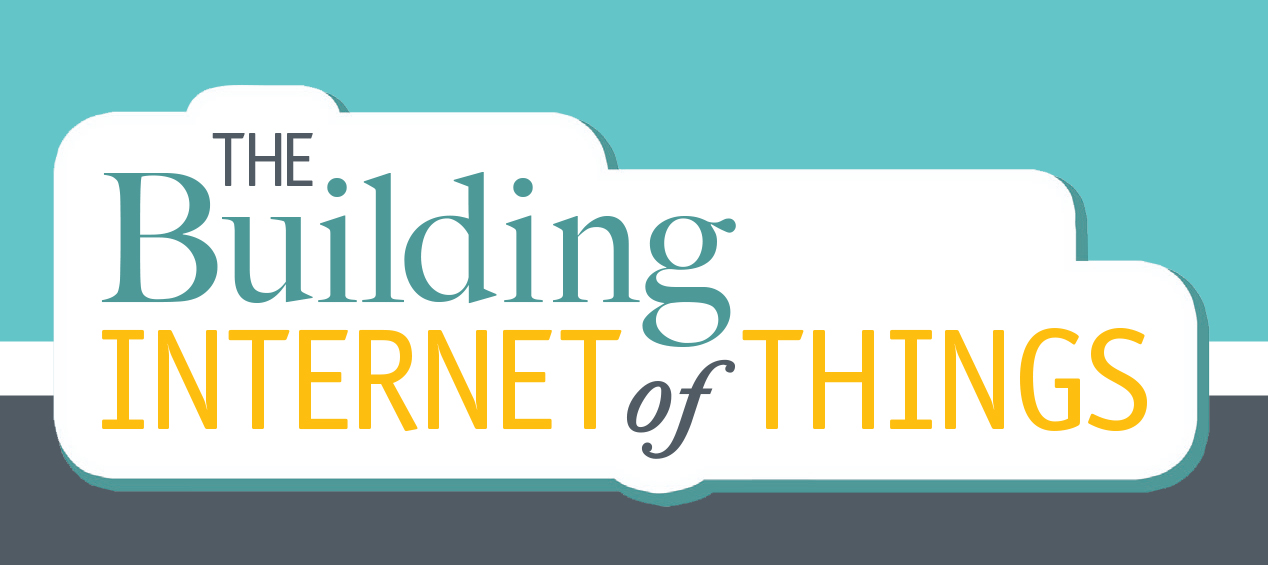« Back to Facilities Management Building Automation Category Home
Lighthouse.io: 'Secret sauce' in IoT is creating a bridge between the physical and the digital worlds
November 30, 2015
- Building Automation

Question: What are the benefits of the IoT for building occupants today?
Answer: The benefits of IoT for building occupants are wide and varied depending on the industry or type of business they operate. But, whatever the use case, the “secret sauce” in IoT is creating a bridge between the physical worlds tenants are occupying and the digital worlds they so often live with. Good uses of IoT allow workers to use their mobile devices to perform their everyday activities and remove the friction or “waste” related to those activities. For example:
Retailers are can see huge benefits by connecting their physical points-of-presence with their online one. Commission-based workers see sales uptick with data that helps them recognize customers are they enter the store, provide personalized recommendations and retarget them online with relevant, context-based offers.
In commercial office spaces, tenants can improve their employee experience and optimize space utilization through real-time reporting on conference room utilization, keyless entry for enhanced security and auditing of access to restricted spaces or confidential files.
In manufacturing, hospitals or pharmaceutical labs, the use of sensor and location technology can help warn occupants of risks or advise on proper use of equipment.
Question: What advantages does IoT technology provide for facility professionals today?
Answer: Facilities professionals, regardless of the type of facility, constantly face the same questions:
1. How well is my space being utilized?
2. How do I effectively manage risk and safety?
3. How can I manage my operating costs?
And in coming up with solutions to those questions, more often or not, there is a trade-off. Managing risk often comes with additional cost…and reducing cost can mean sacrificing quality or experience.
The Internet of Things is a huge step forward for facilities management. When things can talk to things, it removes the human elements associated with data entry and reporting. For facilities professionals, that can mean better visibility to where assets and people are, fewer errors in reporting, more accurate information on space and asset utilization and automation of once manual processes.
And, best of all, the IoT technologies that are coming available today are cost accessible in ways that legacy systems using GPS or RFID haven’t been. Take for example, indoor location technology. With Apple’s adoption of the iBeacon standard and Google’s Eddystone, the vast majority of smart devices will now be able to work with low-energy Bluetooth for proactive messaging, content delivery and task automation based on proximity. Beacon hardware comes at a fraction of the cost of WiFi or RFID readers, and the software systems that power them are generally based on actual usage. What’s more is that, sensors can be built into these devices so, in addition to knowing the location of workers or high-value assets in a facility, professionals can collect information on utilization, temperature and other chemical compounds that could impact safety. With smart technology, rules can be built in to warn workers of unsafe conditions, mitigate risks before they happen, and provide facilities professionals contextual information to make better business decisions.
Question: Are the benefits and advantages of IoT technology being realized today, and can you provide a specific example?
Answer: The phrase “Internet of Things” may be relatively new, but the concept has been around for awhile. Logistics providers, like FedEx were early adopters of IoT with processes built around RFID and GPS. Smart labels on parcels trigger a chain of events: communications to the senders on where their parcels are, routing automation, automated options to recipients, even video messages delivered through QR codes!
In facilities, some early pioneers are already going well beyond this – connecting the building with the assets in the building and the people working there. Spotless, an ASX200 listed facilities provider, is doing just this with their BlueTrack solution, powered by IoT provider Lighthouse.io. Spotless has deployed Bluetooth beacons across their worksites and equipped employees with mobile devices to reduce public liability claims, improve cleaning service quality and drive operational efficiency. As employees move around a worksite, it automates SLA tracking, delivers tasks specific to location and time, and proactively alerts staff and managers if issues arise. Spotless is able to mitigate slip and fall litigation risk and drive cost efficiency through automated task management and prevention of over-servicing.
Other interesting examples today include airports, hotels and hospitals. Miami International, Dallas/Fort Worth and London City Airport are just a few of the airports with IoT initiatives aimed at improving the passenger experience. These can warn passengers of security waiting times, help visually-impaired passengers navigate airports and enable auto-rebooking. Hotel chains, like Starwood and , Hilton, are enabling auto-check in and keyless room entry using iBeacons or NFC and mobile devices. And hospitals like Florida Hospital Celebration Health, are innovating to not just improve the patient experience, but also collect data that can help predict issues like supply shortages.
Source: Amanda Darcey, vice president, Americas, Lighthouse.io
For more insights on the products, technology, benefits and challenges of the Building Internet of Things, visit www.FacilitiesNet.com/IoT








